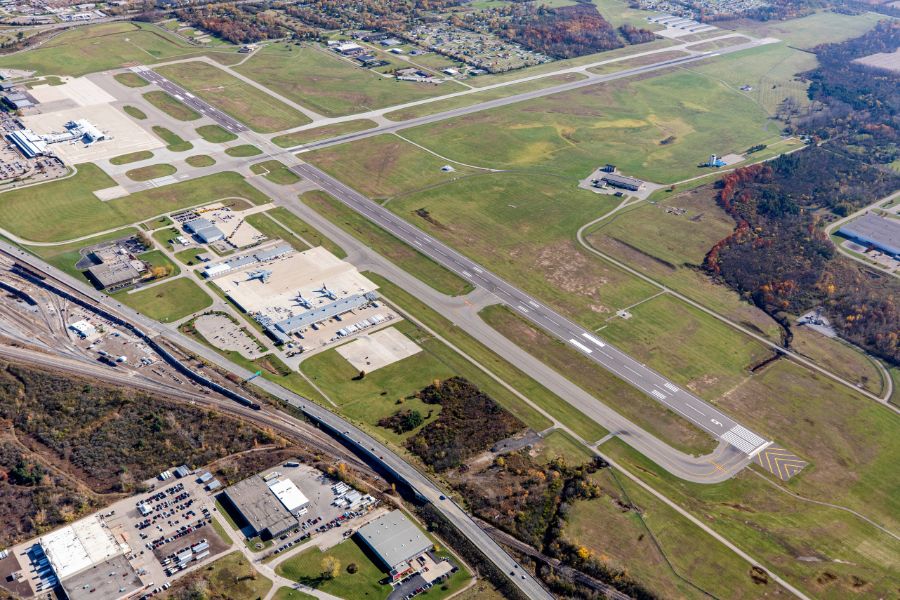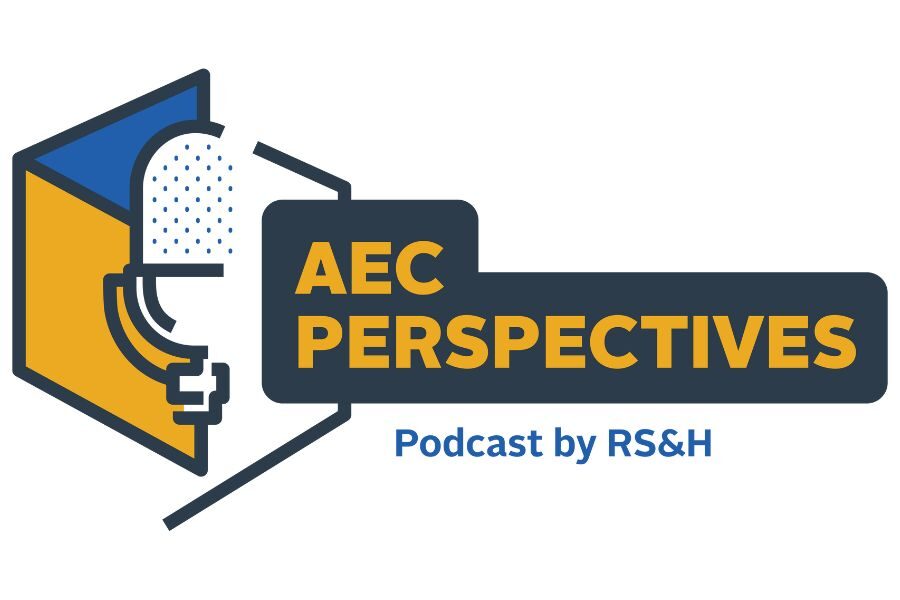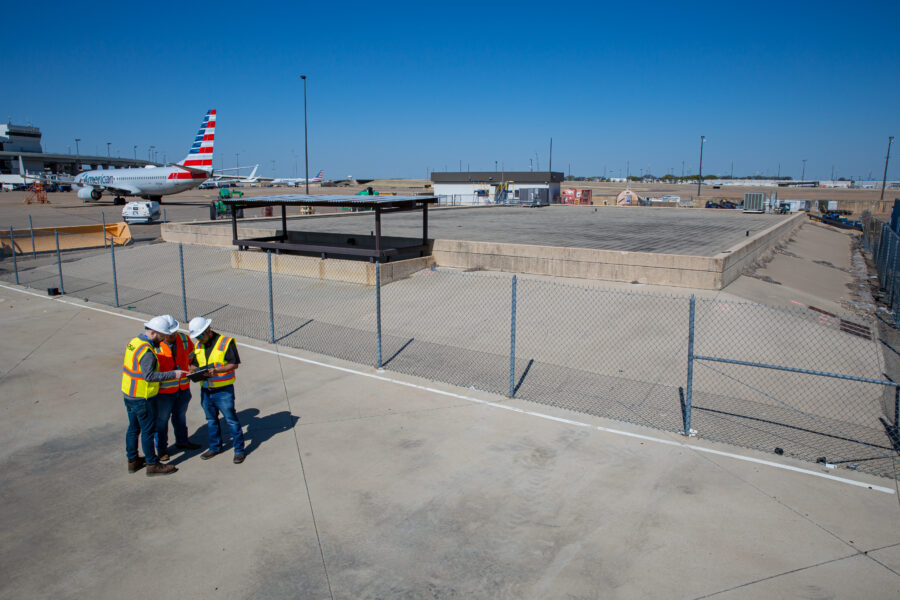Do You Have a Plan to Manage Your Airport’s Pavement?

While some airports already have planned or shovel-ready projects as part of their Airport Capital Improvement Plan, others may think, “What’s our plan? What do we need to improve?”
Typically, the first place to look for airfield pavement areas requiring improvement is an airport’s Pavement Management Program (PMP), also commonly referred to as an Airport Pavement Management System (APMS). A PMP or APMS provides details about pavement areas requiring maintenance, rehabilitation, or reconstruction.
The PMP not only identifies pavement areas in need of attention, but it also can be used to justify the necessity of a project to the FAA and, therefore, assist with obtaining project funding. This information is also used in the NEPA process as justification for the rehabilitation or reconstruction project.
Many airports only update their PMP every three years when they conduct a Pavement Condition Index (PCI) survey using the ASTM International standard as required by FAA AC 150/5380-7B. Although a visual inspection can be performed annually, most airports use the ASTM-defined Pavement Condition Index (PCI) survey methodology since it is the industry recognized standard. However, it is important to note one of the key factors to having a successful PMP is consistently evaluating pavement conditions.
With that in mind, simply updating a PMP every three years does not provide a great benefit to an airport. This is why you often hear “We always update our PMP and it costs a lot of money and then it just sits on the shelf.”
The key to a successful PMP is having an objective, consistent, and thorough evaluation established initially. In future years, it should not require the same level of effort and cost if there are no significant changes to the condition of the pavement.
Still, it is essential to collect and analyze pavement condition data with an established methodology that not only meets FAA and ASTM standards but also provides the airport additional value to minimize future costs.
Below are some steps your airport can take to develop a successful PMP.
Developing a Successful Pavement Management Program
- Perform a detailed records review to understand construction history and previous pavement maintenance and repair. Maintain records within the PMP as pavement projects are completed to capture the most up to date data.
- Collect all pavement distresses using a combination of GIS software and high-accuracy GPS devices. This method allows for analysis of actual distresses and can be used to calculate a PCI value for each pavement section and sample unit. High-quality data can also be used by the engineer during the design of an improvement project, allowing accuracy in rehabilitation needs without extensive additional field investigations.
- Based on actual observed pavement distresses, prepare a testing plan for heavy weight deflectometer (HWD) and geotechnical investigation, and then conduct that testing. This provides a targeted approach for understanding structural concerns.
- Calculate an estimated remaining service life that identifies how long a pavement area will last based on current and predicted aircraft operations, allowing the airport to focus attention and dollars on the most critical pavements.
- Define repair alternatives to include maintenance, rehabilitation, or reconstruction as future projects — based on the overall pavement condition and remaining service life — that will extend the usable pavement life and can be incorporated into the airport’s Capital Improvement Program.
- Maintain pavement data to reduce the cost of future visual pavement inspections and limit the need for potential HWD and geotechnical investigation. The benefit of this approach of keeping pavement distress data current is that not only does this create a historical record of pavement issues and allow for PCI values to be calculated, but it also and provides easy identification of areas in need of maintenance before becoming rehabilitation projects.
Author Alan Lakein said, “Planning is bringing the future into the present so that you can do something about it now.” There is no time like the present to work on your airport’s PMP.
In fact, if your airport’s PMP is outdated or doesn’t reflect current conditions, this period of reduced airport operations may be the best time to perform the necessary field work (e.g. distress collection, non-destructive testing) required to update your PMP.
Learn more about our aviation services for your airport.




